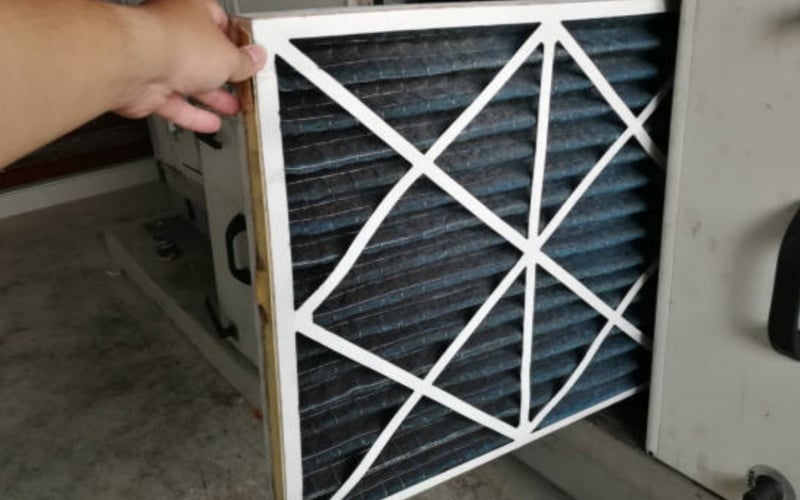The Basics of Heatpipe Heatsinks
Heatpipe heatsinks are an essential component in many electronic devices, helping to dissipate heat and prevent overheating. These heat transfer devices use a combination of phase change and heat conduction to efficiently move heat away from electronic components. In this article, we will delve into the manufacturing process of heatpipe heatsinks, exploring the various steps involved in creating these crucial cooling solutions.
Step 1: Tube Formation
The manufacturing process of heatpipe heatsinks begins with the formation of the heatpipe tube. Typically made from materials such as copper or aluminum, the tube is carefully shaped to ensure optimal heat transfer. The tube is often flattened or grooved to increase its surface area, allowing for better heat dissipation.
Step 2: Evaporation Section
The next step in the manufacturing process is the creation of the evaporation section. This section is responsible for absorbing heat from the electronic component. It is often designed with a larger diameter than the rest of the heatpipe to maximize heat absorption.
Step 3: Wick Structure
Inside the heatpipe tube, a wick structure is incorporated to facilitate the movement of the working fluid. The wick structure acts as a capillary pump, drawing the liquid to the evaporator section. The wick structure can be made from various materials, including sintered metal or grooved copper.
Step 4: Working Fluid Filling
Once the tube and wick structure are prepared, the next step is to fill the heatpipe with a working fluid. The choice of working fluid depends on the desired operating temperature range and thermal conductivity requirements. Commonly used working fluids include water, ammonia, and acetone.
Step 5: Sealing
After the heatpipe is filled with the working fluid, it needs to be sealed to prevent any leakage. The sealing process is crucial to ensure the long-term reliability and performance of the heatpipe heatsink. Various sealing methods, such as laser welding or soldering, can be used depending on the material of the tube and the working fluid.
Step 6: Testing
Once the heatpipe heatsink is sealed, it undergoes rigorous testing to ensure its functionality and efficiency. Testing may involve measuring the heat transfer capabilities, pressure resistance, and overall performance of the heatpipe heatsink. This step is essential to identify any potential manufacturing defects and ensure the product meets the required specifications.
Step 7: Fin Attachment
After passing the testing phase, the heatpipe heatsink is ready for the attachment of fins. Fins are responsible for increasing the surface area of the heatpipe, allowing for better heat dissipation. The fins are typically made from materials such as aluminum or copper and are attached to the heatpipe using techniques like soldering or epoxy bonding.
Step 8: Surface Treatment
To enhance the heat transfer capabilities of the heatpipe heatsink, a surface treatment may be applied. This treatment can involve coating the heatpipe with a thin layer of thermal interface material or applying a special coating to improve heat conduction. The surface treatment helps to optimize the thermal performance of the heatpipe heatsink.
Step 9: Quality Control
Before the heatpipe heatsink is ready for distribution, it undergoes thorough quality control checks. These checks involve inspecting the dimensions, surface finish, and overall integrity of the heatpipe heatsink. Quality control ensures that the final product meets the highest standards and performs as intended.
Step 10: Packaging and Distribution
Once the heatpipe heatsinks pass all quality control checks, they are packaged and prepared for distribution. Proper packaging is crucial to protect the heatsinks during transportation and storage. The heatpipe heatsinks are then distributed to manufacturers of electronic devices, where they are integrated into various applications, such as laptops, gaming consoles, or servers.

